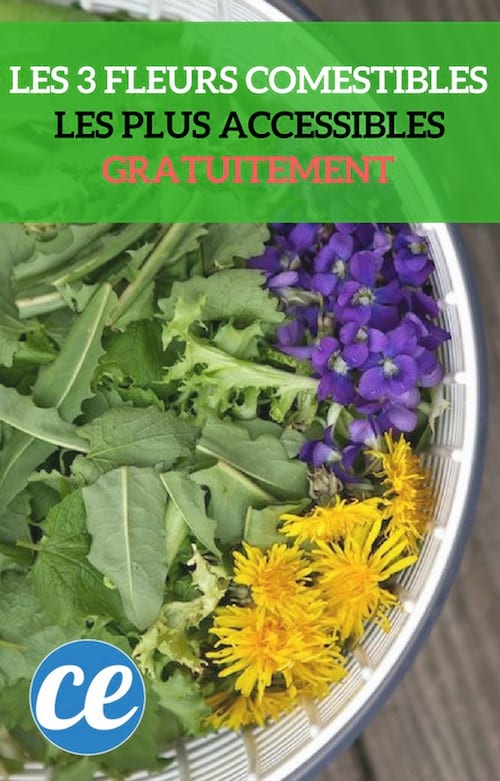
Lavenders, dandelions and violets...
You know them but have you ever dared to taste them?
Eating flowers isn't just a romantic poet's whim.
In addition to being rich in culinary flavors, they have amazing health properties!
Not to mention that picking is shopping in the middle of nature without spending a penny!
Here are 3 edible flowers, easy to recognize and easy to cook.

The leaves and flowers of the violet are my favorite to cook because their color and their flavor are so pronounced.
I use the flowers in yogurt or jam and the leaves in soup or as a vegetable.
For Christmas, I crystallize the flowers by dipping them in egg whites that I sprinkle with a little sugar before letting them dry or I make candies from them. A delight!
Lavender crème brûlée, madeleines with lavender flowers, does that make your mouth water?
I accompany these desserts with a lavender syrup or an infusion of lavender flowers or with a small lavender jelly prepared with agar-agar.
For the saltier side of the taste buds, we choose dandelion! It is eaten raw in a salad for example, or as an aperitif.
You can make a tart with vegetables and bacon bits and with fresh cream.
To discover: The Vegetable Tart Recipe:Economical and Tasty!
But I also make delicious dandelion honey out of it.
Poppies, primroses, acacias, roses and many other flowers can accompany our meals.
Their colors and flavors delight both adults and children!
Of course, not everything can be eaten and there are many educational walks to learn to recognize edible plants from toxic plants.
To discover: 24 Edible Plants Easy to Recognize.
Gathering food is not a big investment, except time.
A little walk on Sunday and hop we bring back something to make delicious salads on the way.
Wild flowers and plants also have amazing nutritional properties.
Violet leaves, for example, are 4 times richer in vitamin C than oranges and much richer in vitamin A than spinach.
And what's more, they won't cost you a penny!